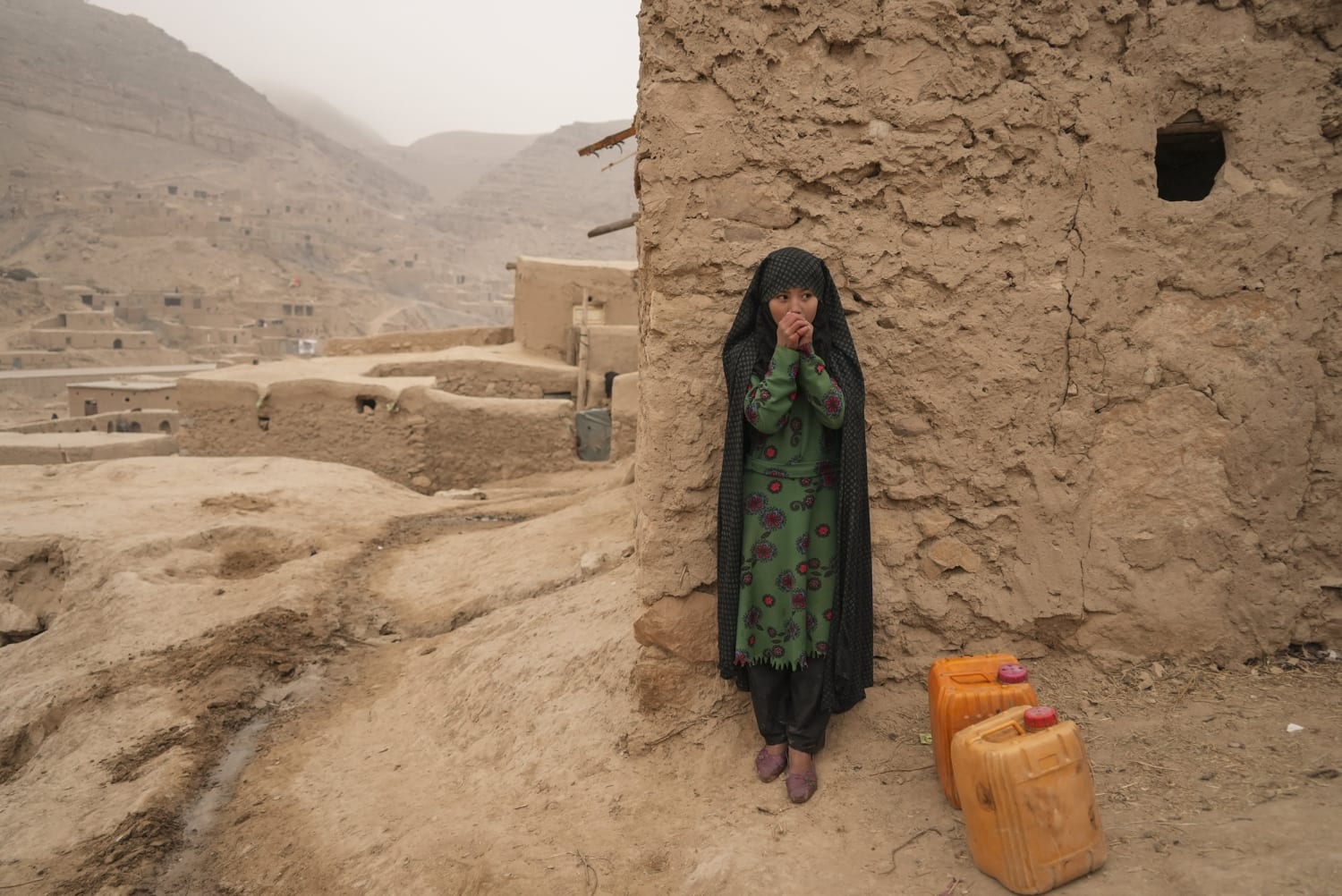[ad_1]

CAIRO — Temperatures in the Middle East have risen far faster than the world’s average in the past three decades. Precipitation has been decreasing, and experts predict droughts will come with greater frequency and severity.
The Middle East is one of the most vulnerable regions in the world to the impact of climate change — and already the effects are being seen.
In Iraq, intensified sandstorms have repeatedly smothered cities this year, shutting down commerce and sending thousands to hospitals. Rising soil salinity in Egypt’s Nile Delta is eating away at crucial farmland. In Afghanistan, drought has helped fuel the migration of young people from their villages, searching for jobs. In recent weeks, temperatures in some parts of the region have topped 50 degrees Celsius (122 Fahrenheit).
This year’s annual U.N. climate change conference, known as COP27, is being held in Egypt in November, throwing a spotlight on the region. Governments across the Middle East have awakened to the dangers of climate change, particularly to the damage it is already inflicting on their economies.
“We’re literally seeing the effects right in front of us. … These impacts are not something that will hit us nine or 10 years down the line,” said Lama El Hatow, an environmental climate change consultant who has worked with the World Bank and specializes on the Middle East and North Africa.
“More and more states are starting to understand that it’s necessary” to act, she said.
Egypt, Morocco and other countries in the region have been stepping up initiatives for clean energy. But a top priority for them at COP-27 is to push for more international funding to help them deal with the dangers they are already facing from climate change.
One reason for the Middle East’s vulnerability is that there is simply no margin to cushion the blow on millions of people as the rise in temperatures accelerates: The region already has high temperatures and limited water resources even in normal circumstances.
Middle East governments also have a limited ability to adapt, the International Monetary Fund noted in a report earlier this year. Economies and infrastructure are weak, and regulations are often unenforced. Poverty is widespread, making job creation a priority over climate protection. Autocratic governments like Egypt’s severely restrict civil society, hampering an important tool in engaging the public on environmental and climate issues.
At the same time, developing nations are pressuring countries in the Mideast and elsewhere to make emissions cuts, even as they themselves backslide on promises.
The threats are dire.
As the region grows hotter and drier, the United Nations has warned that the Mideast’s crop production could drop 30% by 2025. The region is expected to lose 6%-14% of its GDP by 2050 because of water scarcity, according to the World Bank.
In Egypt, precipitation has fallen 22% in the past 30 years, according to the World Bank.
Droughts are expected to become more frequent and severe. The Eastern Mediterranean recently saw its worst drought in 900 years, according to NASA, a heavy blow to countries like Syria and Lebanon where agriculture relies on rainfall. Demand for water in Jordan and the Persian Gulf countries is putting unsustainable pressure on underground water aquifers. In Iraq, the increased aridity has caused an increase in sandstorms.
Source link
 Latest Breaking News Online News Portal
Latest Breaking News Online News Portal




